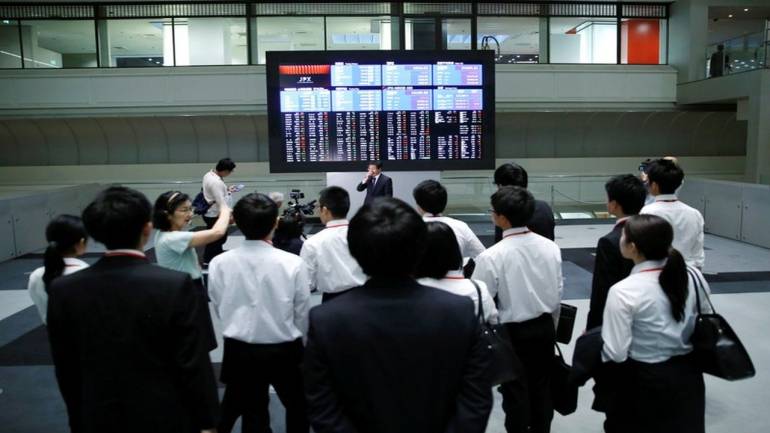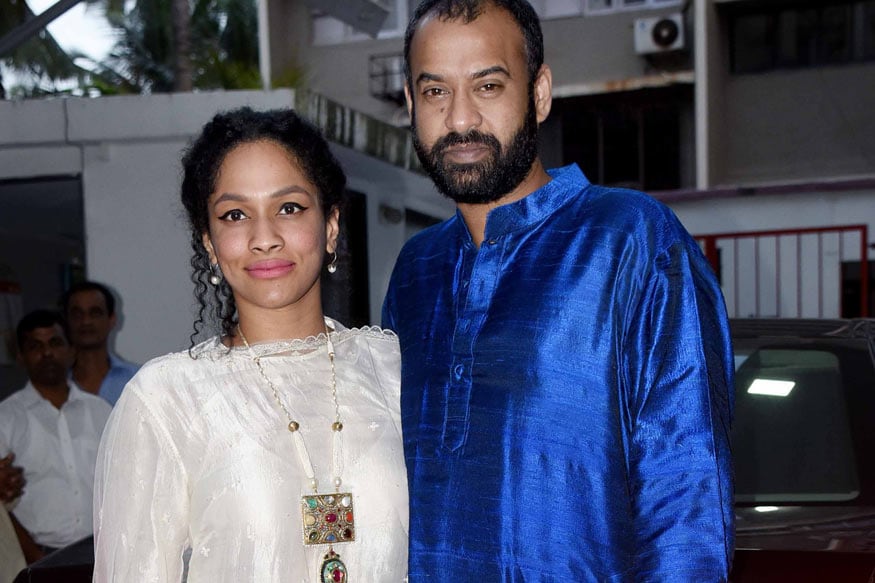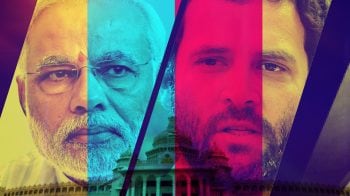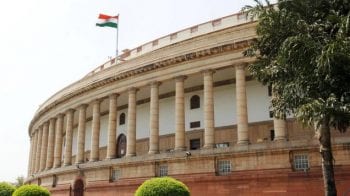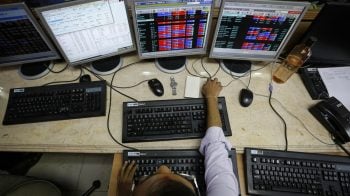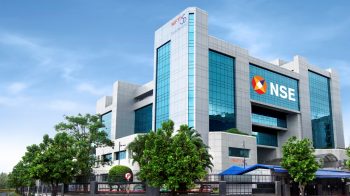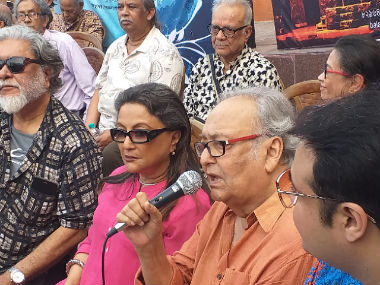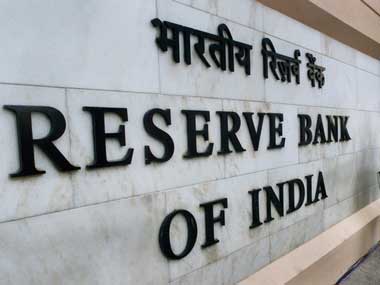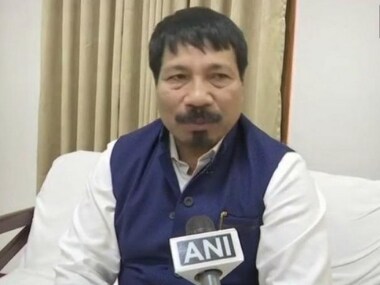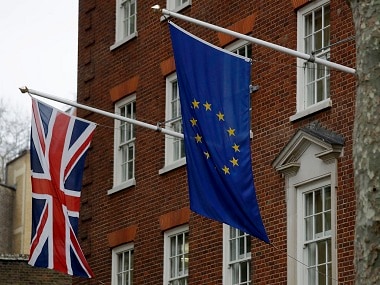Analysis by Quantum Mutual Fund shows that talking about election results is a great conversation starter but elections have no impact on your long term investments!
Quantum Mutual Fund
Sure, election results matter - but only in the near term. In 2004, when the BJP-led NDA coalition lost elections, the BSE-30 Index collapsed from 5,358 on May 12, 2004, to 4,961 on May 21, 2004, a loss of -7.4 percent in just 7 days.
When UPA-2 was re-elected by a wider-than-expected majority in May 2009 elections, the stock markets surged by +17.2 percent in one day on May 18, 2009.
Trading was halted three times that day as the market hit 3 upper-limit circuit breakers during that truncated trading day. There were less than 90 seconds of actual trading on that day!
On May 16, 2014, as the BJP’s historic victory under Narendra Modi was being reported, the market surged to a strong opening and finally closed with a gain of +1.1 percent.
So, yes, election results can move markets but elections don’t impact your portfolio over the long run.
Ignore the noise!
Analysis by Quantum Mutual Fund shows that talking about election results is a great conversation starter but elections have no impact on your long term investments!
The heat and dust which encompasses the campaigning season and then dies down is a reason for our conviction that elections do not matter to your investments. That is summarized by this powerful chart:
Chart1: India Continues to Grow…As It Has Over The Past 39 Years

Data Compilation: Quantum
Past Performance may or may not be sustained in future
There are many messages in the above chart:
1. Irrespective of whether the government in power is a single party or a coalition, the rate of growth in the Indian economy has averaged 6.3 percent per annum since 1980, after removing the impact of inflation.
If you added the impact of an approximate 6.5 percent increase in prices every year, then the economy has grown by nearly 13 percent every year for 39 years. If the output of all economic activity in India was 100 in 1980, it is about 11,000 today.
If you remove the impact of price increases, then economic activity has grown from 100 to 1,100 – by 11x. (Note that inflation is a killer and not good for any economy!)
2. During the past 39 years, we have had 10 governments and 3 of these 10 have been single-party governments. During the reign of these single-party majority governments, the Indian economy has seen growth rates of:
(a) 5.9% (see the orange bar) during the January 1980 to October 1984 rule of the Congress under Mrs. Indira Gandhi.
(b) 5.4% during the November 1984 to December 1989 rule of the Congress under Rajiv Gandhi.
(c) 5.2% during the July 1991 to May 1996 rule of the Congress government under Narasimha Rao.
3. When the 7 coalitions were in power, the Indian economy grew by more than the growth rate achieved by the 3 single-party governments for 6 of the 7 coalition governments.
4. All periods, barring the tumultuous period from December 1989 to June 1991 when India was ruled by 2 successive coalition governments led by V. P. Singh and Chandra Shekhar, coalition government’s growth was higher than that under single-party governments.
5. One can argue that the Modi-led BJP government is a single-party government and not a coalition government. It fought the 2014 elections as a collation with many partners but as BJP won a majority of seats on its own, it did not need the support of any of its pre-election partners to form the government.
Indeed, none of its pre-election coalition partners has any seats in the Cabinet. So, while showing up as a “coalition” government, it is, in fact, a “single-party” government.
The rate of growth in the economy under the Modi – led BJP government is reported as 7.4 percent per annum. But, this is based on a new series of data which is mired in controversy.
There is no guidance from the government on how this new data compares with the older data series from 1980 to 2014. Most economists deduct 1.5 percent from this new data series to equate it to the data under the old series.
This means that the economy has probably grown by 5.9 percent under the Modi – led BJP regime. This is lower than the long-term average of 6.3 percent - giving further “proof” that single-party governments deliver rates of growth that are sub-par and below the long term average!
6. So, in the end, it seems that 4 out of 4 single-party governments delivered lower economic growth than the long-term average of 6.3 percent per annum and 3 out of 6 coalitions delivered a higher rate of economic growth than the long term average of 6.3 percent per annum.
7. One possible explanation for this higher growth rate under a coalition government could be because when India is ruled by single-party governments, those governments have the power and the time to trouble us and come out with harmful policies.
When there is a coalition, the governments are so busy fighting with each other over what Cabinet seats to allot to each coalition partner that they leave us alone and we grow faster!
8. Hence, we suggest,
(a) Elections don’t really matter, India’s economy will grow.
(b) Having a coalition government is probably a better outcome than having a single-party government!
(a) The rate of growth in the global economy (the blue bars) does not really impact what happens in India. This is because, although India is increasingly plugged into the world in terms of the flow of goods, of people, and of money – the real story in India is the domestic consumption patterns. India is Bharat!
How higher GDP led to higher stock market returns!
So, while this is all about the rate of growth in the economy, what does the data on the stock markets and returns from being an investor in the BSE-30 Index tell us?
Well, the BSE-30 Index was 118 on January 1, 1980. As of December 31, 2018, it was 36,068.
The BSE-30 Index has increased by 305x over that time period of 39 years. We noted that the economy, over that similar time period, has grown from 100 in 1980 to about 11,000 today (adding in inflation which includes the impact of rising prices) – so an increase of 110x.
The returns of the BSE-30 Index are completely independent of which kind of government is in power! The highest returns from the BSE-30 Index are under coalition governments - and the lowest returns are also under coalition governments.
But, it is also true that under 3 of the 4 single party governments, the rate of return from an investment in the BSE-30 Index has grown more than the 39-year average of 19.3 percent.
Chart 2: Proof that Elections Do Not Really Matter while investing in Equities!

Data Compilation: Quantum
Past Performance may or may not be sustained in future
There is one simple message in the chart above.
The BSE-30 Index has grown a whopping 305 times over the last 39 odd years, creating wealth for those who wisely invest in the stock markets and remain invested for the long term - irrespective of the short term volatility that is the hallmark of any financial market.
What Changes at Quantum Mutual Fund if the Government Changes?
In one word: Nothing.
The equity team at Quantum and our equity fund managers firmly believe that India is a long-term growth story and continue to pick stocks using the deliberate investment philosophy that we have built at Quantum - irrespective of who is in power.
We continue to seek the best companies to invest your savings in, so that you can build wealth and meet your financial goals with confidence.
But, in case you are still worried….
While nothing changes for us at Quantum, we do realize that these elections could be one of the most closely fought in recent times - and the election results may have an immediate impact on the stock markets.
For the next 3 months – all that we will talk about in India will be the ‘elections’.
The Cricket World Cup starts on May 30th, 2019 – by which time we will have an election winner and can then focus on the important issue of whether India can win the World Cup final on July 14th!☺.
Disclaimer: The views and investment tips expressed by investment expert on Moneycontrol.com are Quantum MF own and not that of the website or its management. Moneycontrol.com advises users to check with certified experts before taking any investment decisions.









